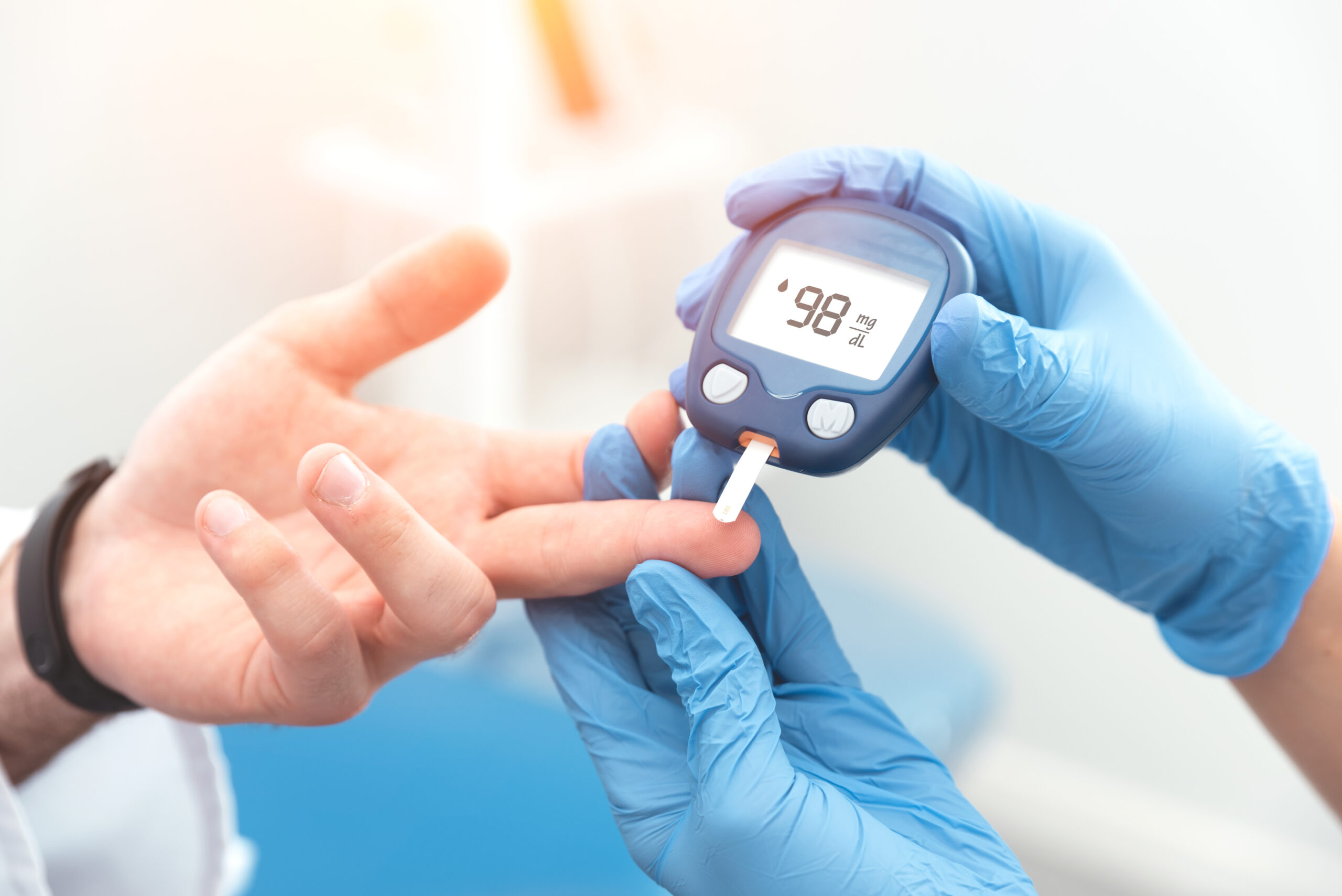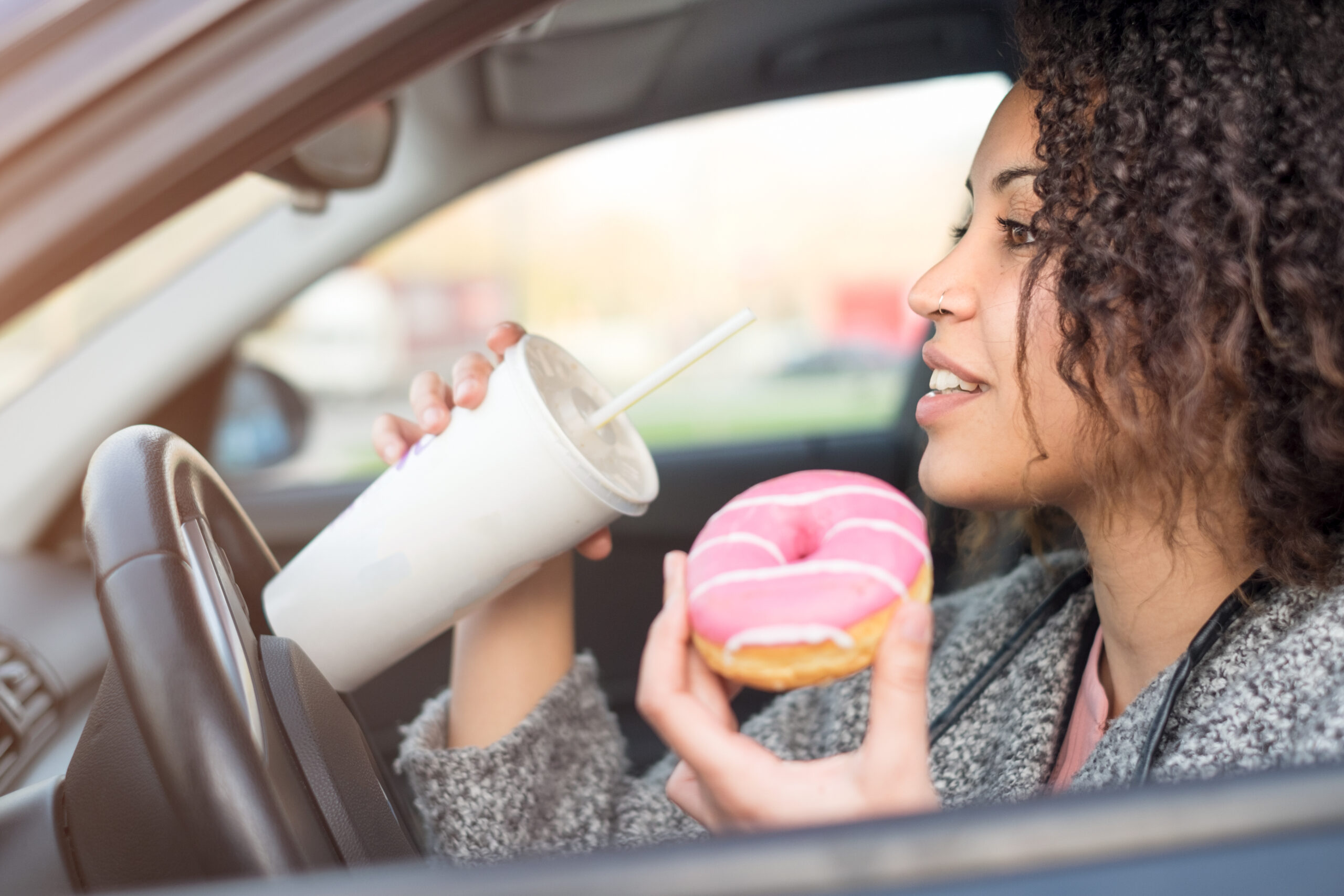Over 35 million Americans – more than one in ten – have diabetes. That’s only the tip of the iceberg – 96 million American adults (over one in three) have prediabetes, meaning they’re at risk of a diabetes diagnosis. A number of side-effects associated with diabetes, such as slower reaction times and seizures, can make activities like driving more dangerous. If you’re diabetic or prediabetic, understanding how driving with diabetes – and what you can do to stay safe behind the wheel – is essential.
Understanding Different Types of Diabetes
There are three main types of diabetes:
- Type 1 diabetes. Doctors currently believe that patients contract type 1 diabetes due to an autoimmune condition that prevents their bodies from making insulin. Only around 5-10% of people with diabetes have type 1. Generally, individuals with type 1 diabetes require insulin doses every day.
- Type 2 diabetes. The most common kind of diabetes, around 90-95% of people with diabetes have type 2. Several things can cause type 2 diabetes, including obesity, an inactive lifestyle, unhealthy sugar intake, and more. People with type 2 diabetes can still produce insulin (unlike those with type 2 diabetes) but may need to alter their diet drastically or take insulin (often a combination of the two) to stay healthy.
- Gestational diabetes. Occasionally, pregnant women develop gestational diabetes. Typically, gestational diabetes goes away after the baby is born, but those who have it – and their children – are at higher risk of developing type 2 diabetes later.
Additionally, as we wrote earlier, over one in three Americans have prediabetes – and more than eight in ten don’t even know it.
If you’re concerned about diabetes, ask your doctors to test your blood sugar. Your doctor can administer a blood glucose test to determine whether you have diabetes or are prediabetic, and formulate a treatment plan that enables you to live a healthy, comfortable life.

Is Getting a Driver’s License Harder for Drivers with Diabetes?
Laws restricting driver’s licenses for people with diabetes vary by state. California has some of the strictest laws in the U.S. for people with diabetes who want to acquire or renew a license.
If you have seizures due to your diabetes, your doctor is mandated by California law to report them to the Department of Motor Vehicles. Additionally, individuals who use insulin to manage their diabetes must report their medication usage to the DMV.
After applying for a license (or to renew an existing license), a DMV field representative will review your medical records. If they determine your diabetes or medication could pose a risk to other drivers, the DMV Driver Safety Branch will also assess your profile.
If officials at the DMV Driver Safety Branch consider your condition too severe, they may not allow you to obtain or renew your license until it improves. To obtain or renew your license, you may also have to take additional vision and knowledge tests. However, most people with manageable diabetes have no issues obtaining a driver’s license.
How Does Diabetes Make Driving More Dangerous?
Research shows that drivers with diabetes ARE more likely to get in car accidents than drivers without diabetes.
Short-term, drivers with diabetes may suffer from abnormally high or low blood sugar while on the road. Blood sugar spikes or drops can make drivers confused, sleepy and dizzy, cause blurred vision, and even result in blackouts or losing consciousness.
Long-term, diabetes can cause nerve damage to hands, feet, legs, and eyes. That nerve damage can slow reaction times, making it harder for drivers with diabetes to react appropriately to traffic or stay safe from dangerous drivers.

Are Drivers with Diabetes Automatically At Fault for Accidents?
No, driving with diabetes doesn’t make you automatically at fault if you get in a car accident.
California uses comparative fault statutes when assessing personal injury cases, such as car accidents. That means an individual may be assigned a percentage of blame for an injury, instead of being held fully responsible – assuming the other party’s actions also contributed to the injury. Let’s look at examples of different scenarios as an example:
Example A: A driver with diabetes is at an intersection, turning left on a green left-turn only signal. Another driver going straight (who has a red light), goes through the intersection, hitting the driver with diabetes. While the driver with diabetes may want to take certain measures to prove their condition played no role in the accident, such as having their blood sugar levels examined shortly after, chances of them having any liability for the accident are slim. They drove according to the law and the accident was solely the fault of the other party.
Example B: A driver with diabetes has a sudden blood sugar drop, causing them to lose consciousness. While unconscious, they rear-end another driver. In this situation, where the driver with diabetes was fully at fault, they may be held liable for the accident. The DMV may also revoke their driver’s license.
Example C: A driver with diabetes has a sudden blood sugar drop, causing blurred vision. Another driver underestimates their speed and switches lanes unsafely in front of the driver with diabetes. The driver with diabetes rear-ends the other car. In this case, both drivers may be at fault. While the individual who caused the accident with an unsafe lane switch may be responsible for the majority of the accident, the driver with diabetes could be held liable for a smaller percentage since they may have avoided the accident if their vision wasn’t compromised.
It’s worth noting that drivers with diabetes often have their license immediately revoked if they get in an accident due to their condition.
While diabetes can increase your chances of getting in an accident, many drivers with diabetes never experience a collision. Let’s look at some measures you can take to avoid accidents.

Safety Tips for Drivers with Diabetes
If you have diabetes and want to make sure you and other drivers on the road stay safe…
- Check your blood sugar before driving. If your blood sugar levels are under 80 mg/dL or over 250 mg/dL, do something that brings them to an appropriate level (such as having a snack) before getting behind the wheel.
- Keep snacks with fast-acting carbs, such as juice boxes, snack bars, or glucose tablets/gels in the car. Having them nearby ensures that you can get a quick fix if your blood sugar starts to drop.
- Take your blood sugar meter in the car with you. You may also want to keep spare test strips and pump supplies. Make sure you don’t leave your meter in the car all the time, however – certain temperature extremes could damage it.
- Have regular consultations with your doctor, and have your eyes checked at least once a year. Keeping up-to-date on your physical health can allow you to keep items like eyeglasses on-hand.
- Keep your diabetes medical ID with you at all times. If you do get in an accident, it’s important for emergency responders to know that you have diabetes.
Driving safely with diabetes requires taking extra precautions, but it shouldn’t stop you from doing the things you love.
Personal Injury Attorneys Who Care
At Wilshire Law Firm, we’ve spent over 15 years building connections with world-class medical experts. Our team works closely with clients who have conditions such as diabetes, ensuring they receive the medical care and representation they deserve.
To schedule a FREE, DISCREET CONSULTATION with our team, contact us online or via phone at (800) 501-3011.











